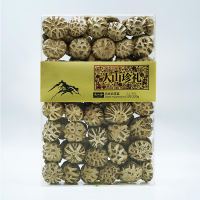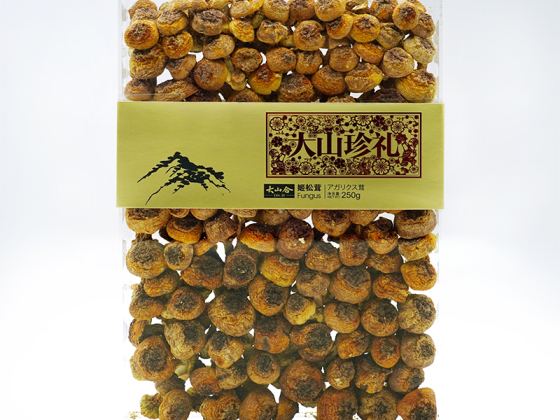
Japanese White Mushroom
Key Features:
Wild-Harvested: No artificial cultivation—100% natural forest-grown.
Umami Bomb: Enhances dishes with depth, reducing salt dependency.
Luxury Ingredient: Traditional delicacy used in Michelin-starred restaurants.
- DSH
- China
- 7days
- 20000 boxes
- Information
Product Introduction: Japanese Matsutake | Wild-Crafted Luxury Mushroom
Premium Forest-Grown | Organic | Umami-Rich | Kaiseki Cuisine Staple
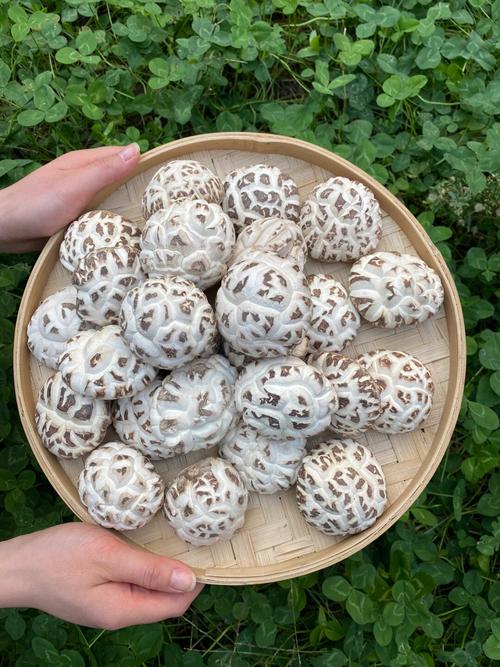
1. Product Overview: The Crown of Japanese Mushrooms
Japanese Matsutake, known as the "King of Mushrooms," is a revered delicacy in Japanese cuisine and global gourmet markets. Sustainably harvested from pristine mountain forests in Japan, our matsutake embodies wild craftsmanship and seasonal authenticity, reflecting Japan’s deep-rooted culinary traditions. Each mushroom is hand-picked by skilled foragers during its brief harvest season (June–July), ensuring unmatched quality and ecological harmony.
Key Selling Points:
✅ Wild-Crafted Excellence: No artificial cultivation—100% natural forest-grown.
✅ Symbiotic Growth: Grows in symbiosis with pine trees, absorbing nutrients from the forest floor.
✅ Luxury Status Symbol: Historically reserved for Japanese royalty, now accessible to global connoisseurs.
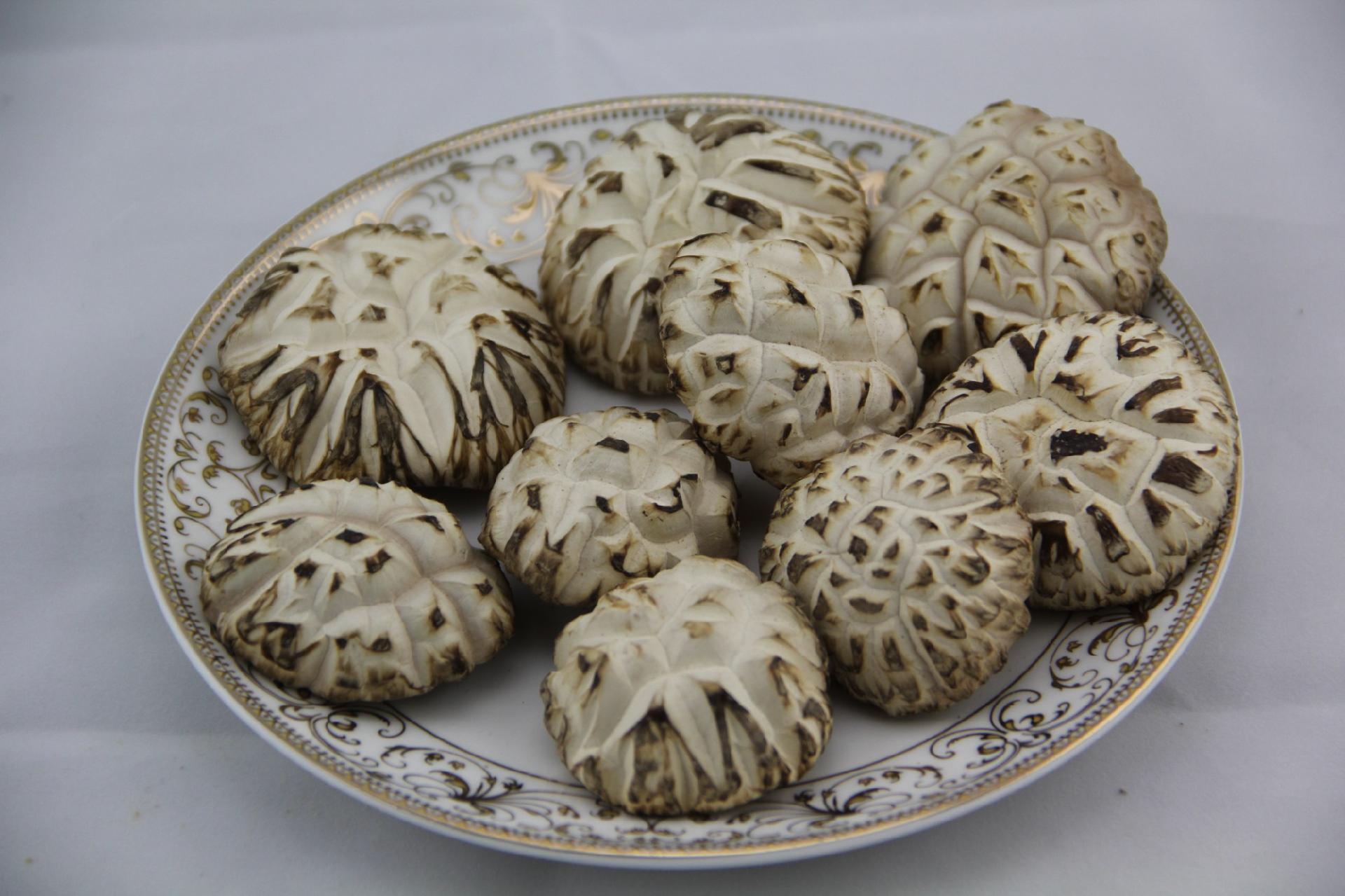
2. Characteristics: A Symphony of Nature
2.1 Textural Mastery
Velvety Flesh: Crispy outer layer with a tender, melt-in-your-mouth center, reminiscent of truffle’s richness but distinctively matsutake.
Earthy Aroma: Intense, woody scent with subtle floral notes, awakening appetite and enhancing dish complexity.
2.2 Unique Ecological Traits
Pine Root Symbiosis: Absorbs nutrients from pine sap, creating a unique umami profile that pairs impeccably with dashi broth, miso, or sake.
Seasonal Rarity: Available only in early summer, symbolizing fleeting beauty and appreciation for nature’s cycles.
2.3 Cultural Significance
Kaiseki Cuisine Icon: Used in traditional dishes like matsutake soup or grilled matsutake with soy sauce, embodying elegance and respect for ingredients.
Gift Culture: Presented in ornate wooden boxes as premium gifts for special occasions.
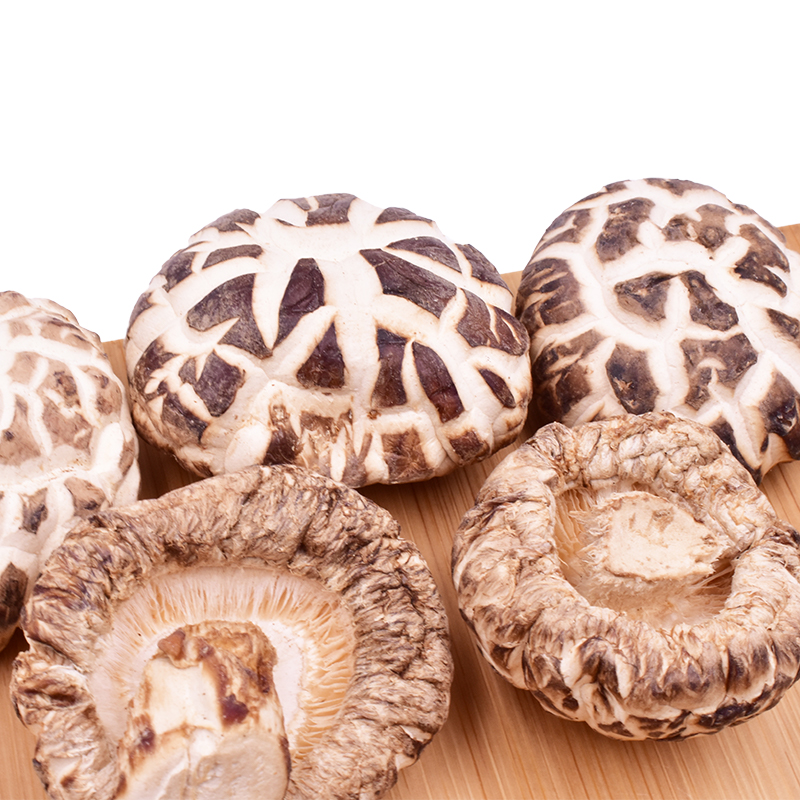
3. Nutritional Excellence: More Than Just a Mushroom
3.1 Macronutrient Breakdown
| Nutrient | Per 100g | Benefits |
|---|---|---|
| Protein | 2.5g | Muscle repair, immune support |
| Fiber | 3.2g | Digestive health, satiety |
| Calories | 30kcal | Low-energy density for weight management |
3.2 Micronutrient Powerhouse
Vitamin D: 20% DV – Enhances calcium absorption, crucial for bone health.
Antioxidants (Polyphenols): Neutralize free radicals, reducing cellular damage and aging signs.
Umami Polysaccharides: Boost immune cells (NK cells) and regulate gut microbiota.
3.3 Health Benefits
Immune Boost: Stimulates production of interferons, combating viral infections.
Gut Health: Fiber promotes probiotic growth, improving digestion and nutrient absorption.
Anti-Inflammatory: Reduces chronic inflammation linked to arthritis and heart disease.
4. Taste & Texture Profile: A Gourmet Experience
4.1 Flavor Dimensions
Primary Notes: Earthy, woody, and subtly sweet, with a lingering aftertaste of pine.
Secondary Notes: Bright acidity from natural enzymes, balancing richness in dishes.
4.2 Culinary Applications
Grilled Matsutake: Charred edges intensify umami, paired with yakitori sauce or miso butter.
Matsutake Soup: Infuses dashi broth with depth, elevating simple ingredients like tofu and seaweed.
Sushi Garnish: Adds texture and aroma to sashimi or nigiri, complementing raw fish.
Risotto: Creates a creamy, mushroom-forward dish with Parmesan finishing.
4.3 Comparison to Other Mushrooms
| Feature | Matsutake | Porcini | Shitake |
|---|---|---|---|
| Umami Intensity | ★★★★★ | ★★★★☆ | ★★★☆☆ |
| Texture | Velvety, meaty | Crispy, woody | Chewy, fibrous |
| Aroma | Earthy, floral | Nutty, garlicky | Smoky, savory |

5. Sustainability & Ethics
5.1 Eco-Friendly Practices
Zero Chemicals: Harvested without pesticides or fertilizers, preserving forest ecosystems.
Carbon-Neutral Logistics: Partnerships with reforestation projects to offset transportation emissions.
5.2 Fair Trade Certification
Supporting Local Foragers: Ensures fair wages and sustainable livelihoods for Japanese mountain communities.
Traceability: QR code reveals harvest date, location, and forager details.
6. Product Specifications
Net Weight: 100g (50g ×2 Vacuum-Sealed Pouches)
Storage: Refrigerate at 0–4°C; consume within 30 days of opening.
Packaging: Recyclable aluminum pouches with eco-friendly ink.




